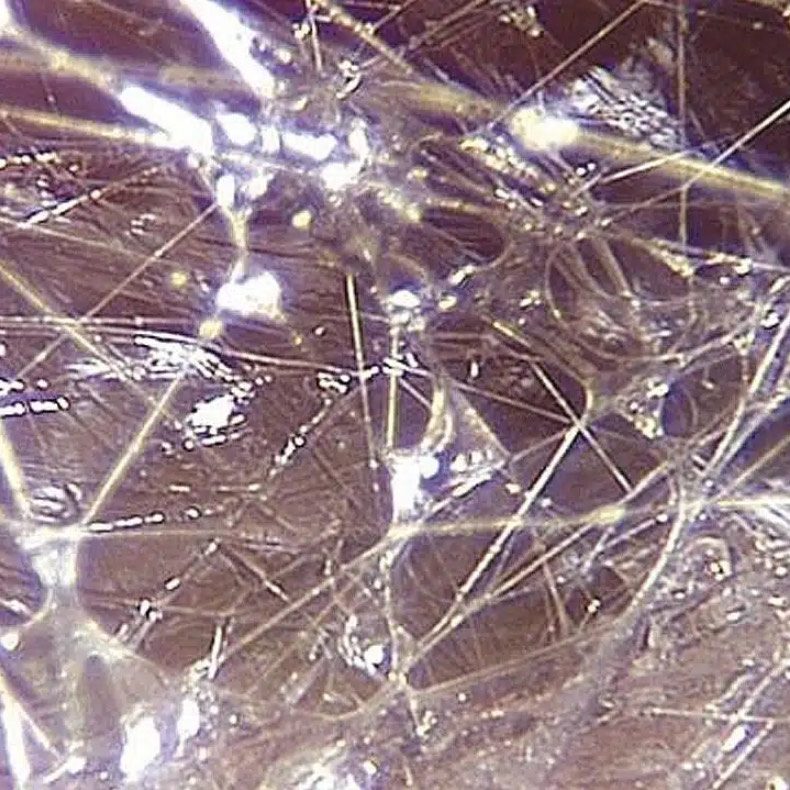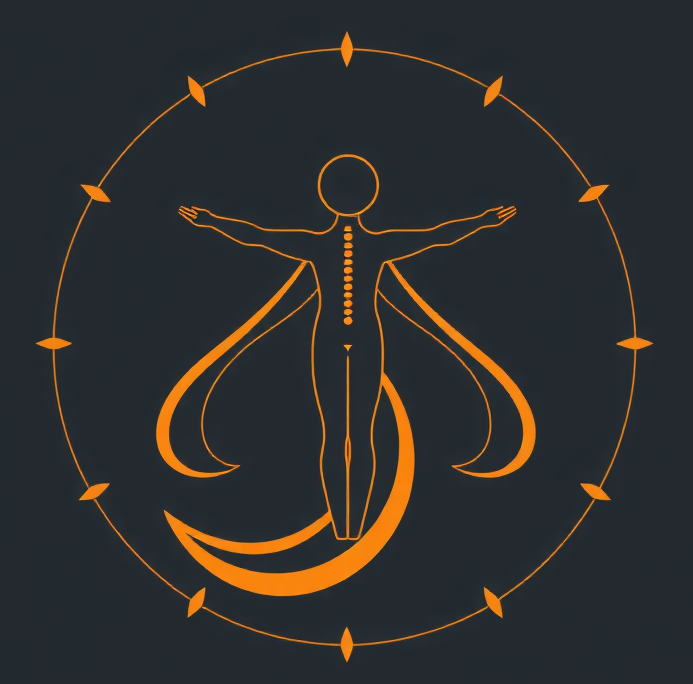Fascia, a vital component of the human body with its intricate web of connective tissue, envelops the entire body, including the skull and face, functioning as a strong yet elastic case with numerous pockets for muscles, internal organs, openings for nerves, areas for nerve endings, blood and lymphatic vessels, and collagen attachments to bones. Fascia operates like a smart jumpsuit, transmitting signals between various receptors and the central nervous system (CNS), and regulating muscle contraction or relaxation depending on a myriad of factors such as pressure, stretching, temperature, pain, body position, emotions, vibrations, chemical composition of the environment, and tactile sensations.
When fascia shortens or stops in one part of the body due to injury, it exerts tension on the entire fascial network, pulling the tissue toward the site of injury. This often creates a compensatory region that bears the additional burden of maintaining balance and function during movement. The compensatory region is frequently more painful than the original injury site, as it has to perform double duty—its own function and that of the injured muscle.

Applied kinesiologists are skilled in identifying these hidden injured regions, even when they no longer cause pain or have been forgotten by the patient. Their task is to loosen the tissues, retrain the muscles to perform their proper functions, and restore the resources (tissue) to the compensatory region that has been overburdened by the injury.
For example, an injury to the posterior tibial muscle of the foot can, through the fascial system, affect the muscle that lifts the wing of the nose and the corner of the mouth. This can lead to the formation of nasolabial folds and facial asymmetry due to muscular (edematous) changes, which may even fix certain emotional expressions through mimic muscles. Similarly, a scar on the shoulder can result in weakness of both the biceps (injured region) and the pectoral muscles (compensation), making it challenging to build muscle mass in those areas. A classic scenario involves insufficient extension function of the big toe leading to pinching of the sciatic nerve.
Only applied kinesiologists, through the use of muscle testing, can uncover these complex fascial interrelationships, identify the root cause of the problem, and address it as far as possible without surgical intervention.
Understanding applied kinesiology’s role in physical rehabilitation can transform the medical approach, making holistic care the primary tool for optimizing body function and alleviating pain. This awareness can empower individuals to seek out specialized applied kinesiologists to help achieve and maintain optimal health and well-being.
Subscribe us on Instagram or Facebook to hear from us again !

